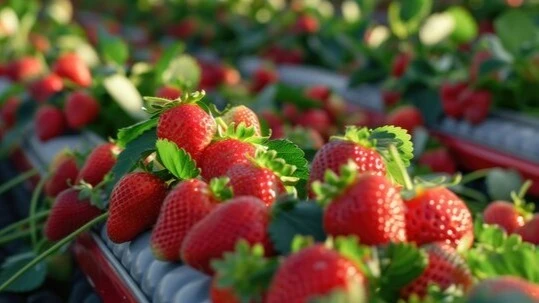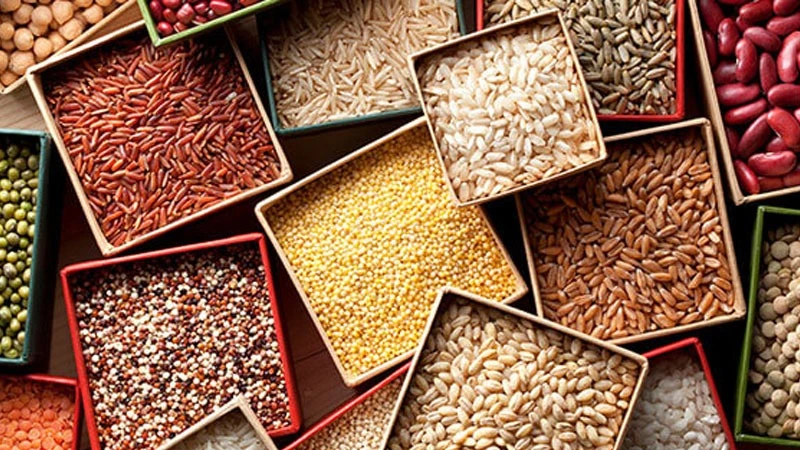Drive on organic seeds helpful, as local biases stand on the way

IT is widely believed that our country is inching towards self-sufficiency in organic seed production, as it now grows 79 per cent of the kernels for use in farming.
A crop development executive in the Agriculture ministry made this affirmation when launching an expansion project for a Netherlands’ organic seeds firm boasting decades of experience in that sphere. The firm works in most countries around the world, and covers over 30 vegetable species or varieties.
Our own institutions would do well to explore the benefits of duplicating such research so as to maintain the stability of local seed species.
Using organic seeds helps develop access to export markets, as that is part of consumption standards in supermarkets in most of Europe and elsewhere.
In addition, using seeds developed by certified firms in a European Union member country implicitly enables sales to the EU and elsewhere as they have similar standards.
On the contrary, certifying seeds locally suffices for local market needs and, by and large, access to regional markets where they are also consulted in setting the relevant standards.
So there was a strain to remarks by a ministerial executive on the issue, underlining that dependency on imported seeds was being reduced each year, whereas the issue is how far the seeds we use enable us to ease access to markets abroad.
Horticulture is a priority as it is a reliable vehicle for niche export markets and, implicitly, an area where credible farm sector employment opportunities can be projected with relative ease.
All this is happening but there are counter-currents of doing the most we possibly can to develop local seeds – not explicitly or necessarily tied to organic agriculture.
Nor is the strategic perspective in that regard sufficiently clear, firstly that horticulture is a big employer for women and the youth and is appropriate for boosting exports and ensuring the country’s food security.
These are distinct components which relate to horticulture in varying degrees – this including the fact that for a country like Tanzania, whose population is estimated at 65 million, export markets aren’t where to focus when speaking of the employment of our youth and women. Similarly, horticulture is more of a branch of commerce in food than a food security parameter.
Estimates on the rate of growth in the agricultural sector have been a problem for decades while on the organic seed farm expansion occasion it was heard that horticultural production grows at 11 per cent annually and the entire agricultural sector moves at the rate of 12 per cent.
If the latter statistic is correct, it would imply that there is significant redirection of investment capital from speculation, real estate or industry into crops. Room for employment in that regard would be more sustainable than in commerce.
Plenty of what is being discussed among experts in the public sector appears to suggest that export-led growth is still making ravages in the minds of those helping with policy formulation.
As a matter of fact, it made global strides when basically small countries in the Far East made use of the West’s dismantling of old industries in the wake of the tripling and quadrupling of crude oil prices in 1973-1974.
The last major actor in that direction was China’s special economic zone – its coastal provinces, not its entire market. Current capital flows target niche Western and other markets, yes, but the rise in unquenched demand there is more focused on the fast-growing market in Africa.
Top Headlines
© 2024 IPPMEDIA.COM. ALL RIGHTS RESERVED

















